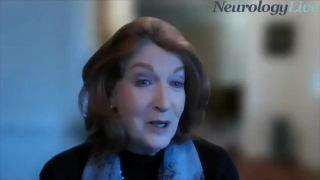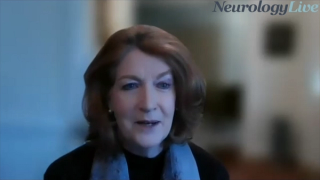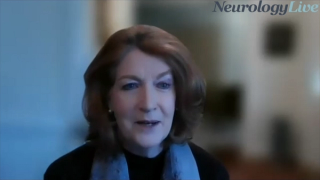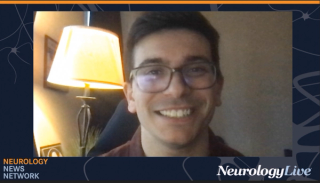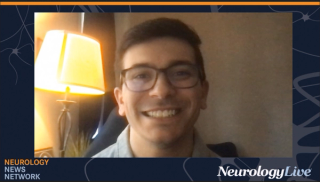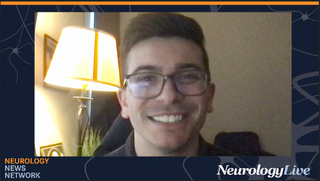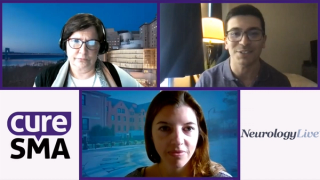
Neuromuscular
Latest News
Latest Videos
CME Content
More News
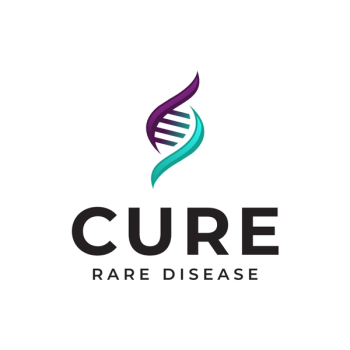
The trial, launched through a partnership between Cure Rare Disease and UMass Chan Medical School, assessed CRD-TMH-001, a CRISPR-based gene therapy.

Here's some of what is coming soon to NeurologyLive® this week.

Test your neurology knowledge with NeurologyLive®'s weekly quiz series, featuring questions on a variety of clinical and historical neurology topics. This week's topic is headache and migraine.

Those who reported higher ALSFRS-R speech scores at baseline had significantly higher diadochokinetic and word rate than those who reported speech disturbances, or lower scores.

By comparing results with pooled placebo groups from the PRO-ACT database, the data showed a 67% slower ALSFRS-R progression with IPL344.

Take 5 minutes to catch up on NeurologyLive®'s highlights from the week ending November 4, 2022.

On King’s staging systems, ALSAQ-5 scores increased from 24.6 at stage 1 to 62.1 at stage 4, whereas for Milano-Torino Staging systems, patients’ ALSAQ-5 scores increased from 43.2 at stage 0 to 80.7 at stage 3.

Nearly one-fourth of the observed treatment-emergent adverse events were related to edaravone. Additionally, there were no serious TEAEs found, and TEAEs were mostly representative of ALS progression.

A retrospective study presented at the 2022 Annual NEALS Meeting reported health disparities in the initial presentation of Black patients with ALS in comparison with White patients.

Treatment with RNS60 resulted in significantly slower rate of decline in FVC and eating and drinking domains of the ALSAQ-40 scale over a 24-week period.

Treatment with tegoprubart resulted in significant reductions of CD40L and CXCL13 levels that occurred after first infusion and sustained throughout the treatment period.

As patients with ALS may have altered taste perception and have expressed that bitterness is associated with AMX0035 (Relyvrio; Amylyx) administration, a number of coping strategies have suggested a workaround to ensure treatment adherence and effectiveness.

Christina Fournier, MD, MSc, associate professor of neurology, Emory University, discussed her presentation at the 2022 NEALS Consortium using a telemedicine exam to track ALS progression.

Once thought nearly impossible to treat, ALS has seen another step of progress with the approval of AMX0035 and a future of potential therapeutics on the way.

SBT-272, an investigational small molecule in development for ALS and other neurological disease of mitochondrial dysfunction, resulted in improved membrane potential and axonal outgrowth of TDP-43 in vitro.

The adult neurologist at Allegheny Health Network provided perspective on why there’s never been a better time to treat patients with myasthenia gravis.

Here's some of what is coming soon to NeurologyLive® this week.
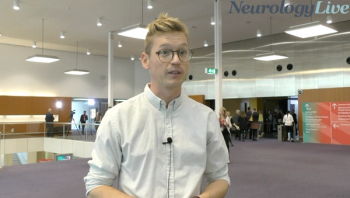
The PhD student at Aarhus University provided insight on his study presented at 2022 ECTRIMS Congress on an innovative way using neuromuscular measures to discriminate those with MS at high risk for falls. [WATCH TIME: 2 minutes]

Test your neurology knowledge with NeurologyLive®'s weekly quiz series, featuring questions on a variety of clinical and historical neurology topics. This week's topic is epilepsy and seizure disorders.
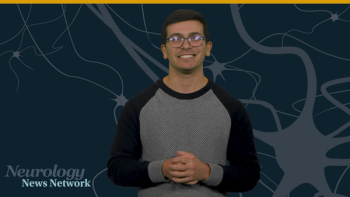
Neurology News Network for the week ending October 28, 2022. [WATCH TIME: 4 minutes]

AT-GAA, an Amicus Therapeutics treatment for late-onset Pompe disease consists of miglustat, an orally administered stabilizing agent, in combination with cipaglucosidase alfa, an infusion enzyme-replacing component.

Take 5 minutes to catch up on NeurologyLive®'s highlights from the week ending October 28, 2022.

The primary outcome of the study, 50% reduction in corticosteroid dosing, was achieved by 60% of patients on IGIV-C and 63.3% of those randomly assigned to placebo.

Over a 24-month treatment period, apitegromab-treated patients showed improvements on PEDI-CAT and PROMIS, measures of activities of daily living, and ESBBT, a muscle endurance measurement tool.

The adult neurologist at Allegheny Health Network provided insight on the current state of care for myasthenia gravis and strides the community has made in recent decades. [WATCH TIME: 7 minutes]






